All products featured are independently chosen by us. However, SoundGuys may receive a commission on orders placed through its retail links. See our ethics statement.
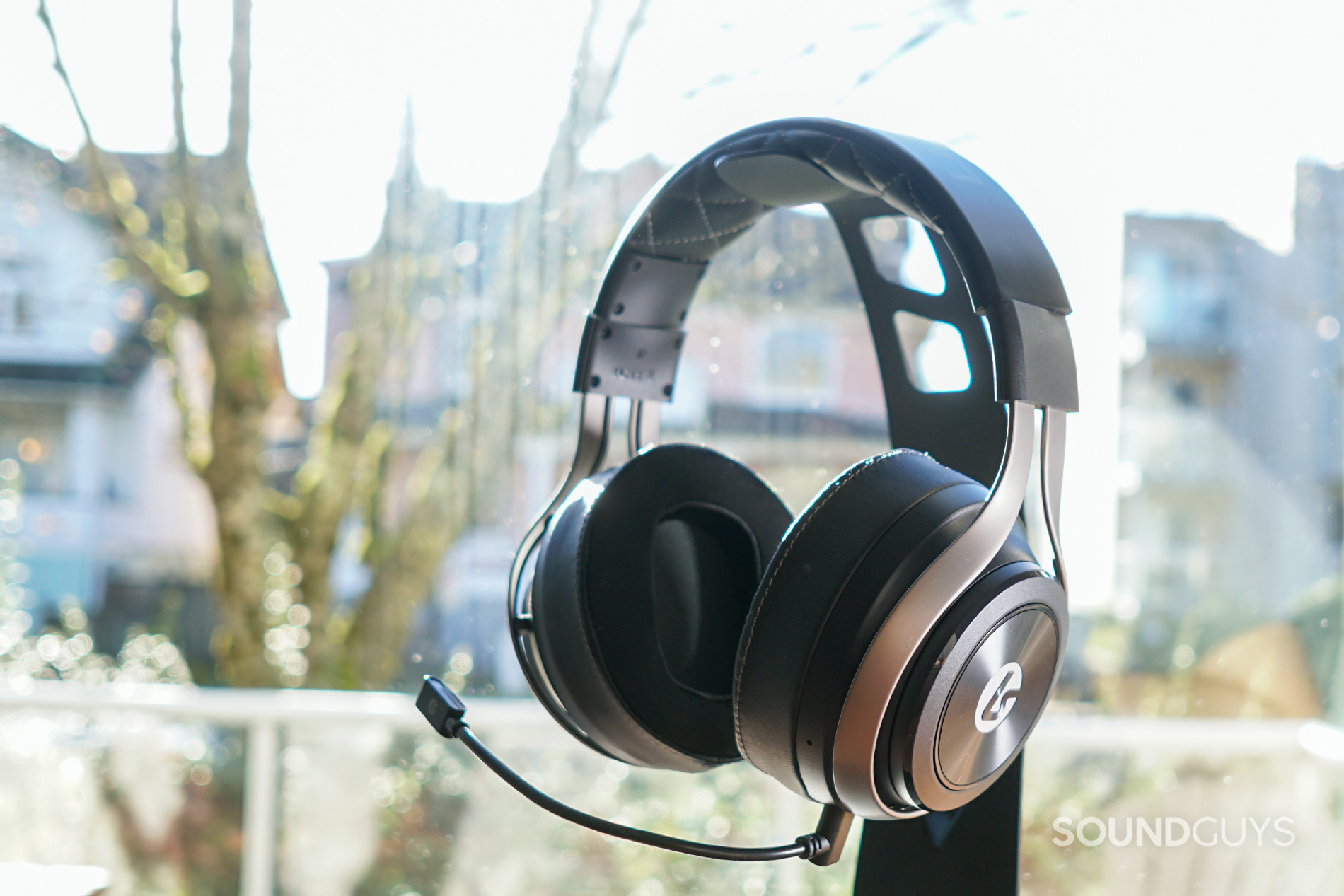
LucidSound LS50X review
December 13, 2021
LucidSound LS50X
LucidSound has been releasing solid gaming headsets for a few years now, and the company recently released a headset targeting Xbox gamers. The LucidSound LS50X brings cross-platform surround sound and Bluetooth compatibility together in a premium build.
Is that enough to warrant this pricy purchase?
Editor’s note: this LucidSound LS50X review was updated on December 13, 2021, to include new frequency response and isolation charts and to update the scores accordingly. There is now a contents menu and an expanded list of buying options.
Who is the LucidSound LS50X for?
- Gamers looking for something they can use in a lot of situations will get a heck of a lot of use out of this LucidSound headset.
- At-home workers who need a headset can connect to their PC and smartphone with the LS50X.
What is the LucidSound LS50X like?
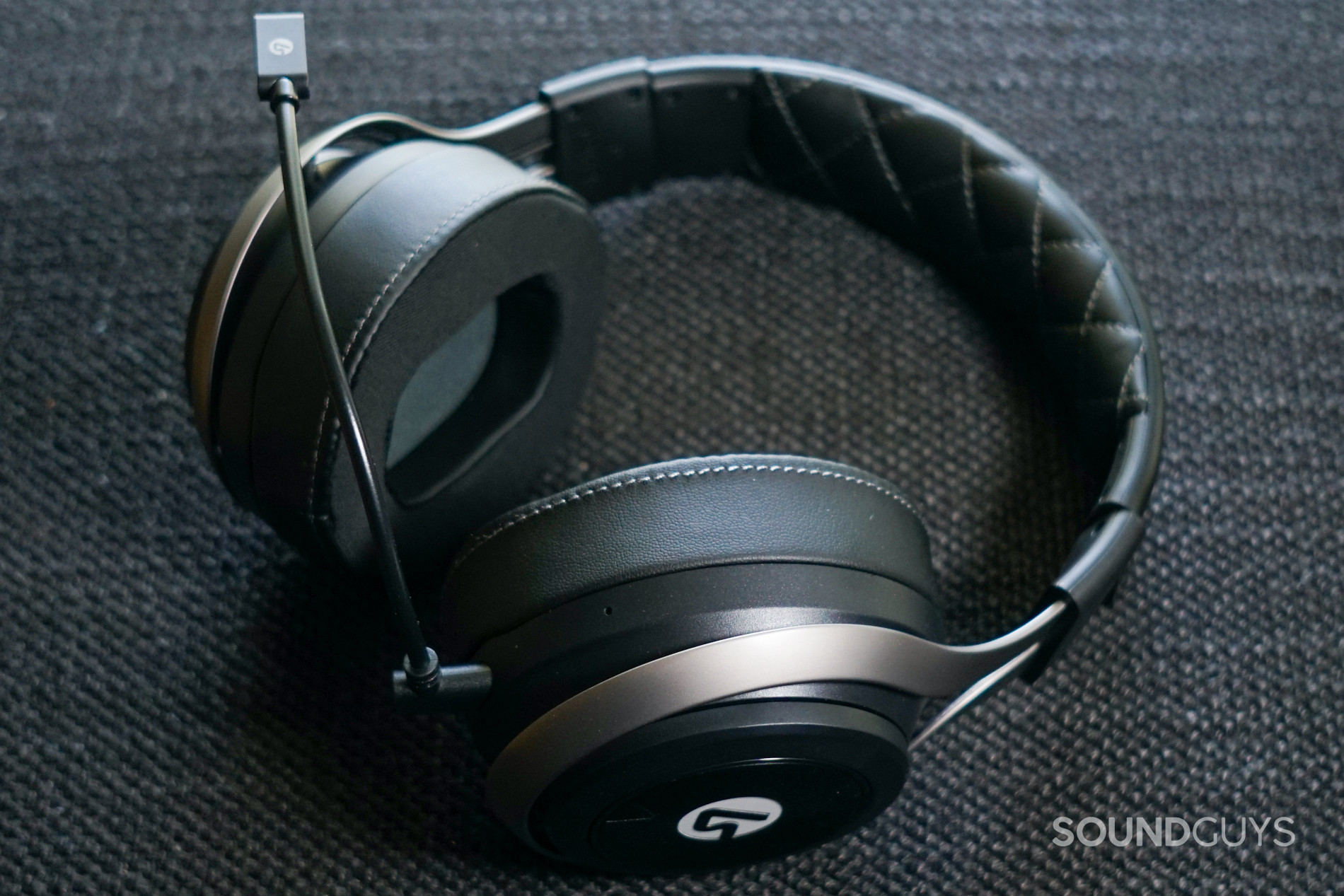
The LucidSound LS50X is a wireless gaming headset for Xbox One and Xbox Series X/S that tries to make multi-platform wireless audio a little friendlier for Xbox gamers. The extent to which it succeeds depends on the platform, but the ultimate result is an expensive gaming headset that works most places.
This headset features a hefty build, with a metal frame, big headphones with prominent logos, and thick ear pads. It lacks any of the characteristic colored LED lights, but otherwise this looks about as much like a gaming headset as you could imagine. The ear pads are made of memory foam and covered in a leatherette on the edges and a flexible mesh fabric where your head actually touches them, which helps cut down on heat build-up and makes it easy to establish a decent seal.
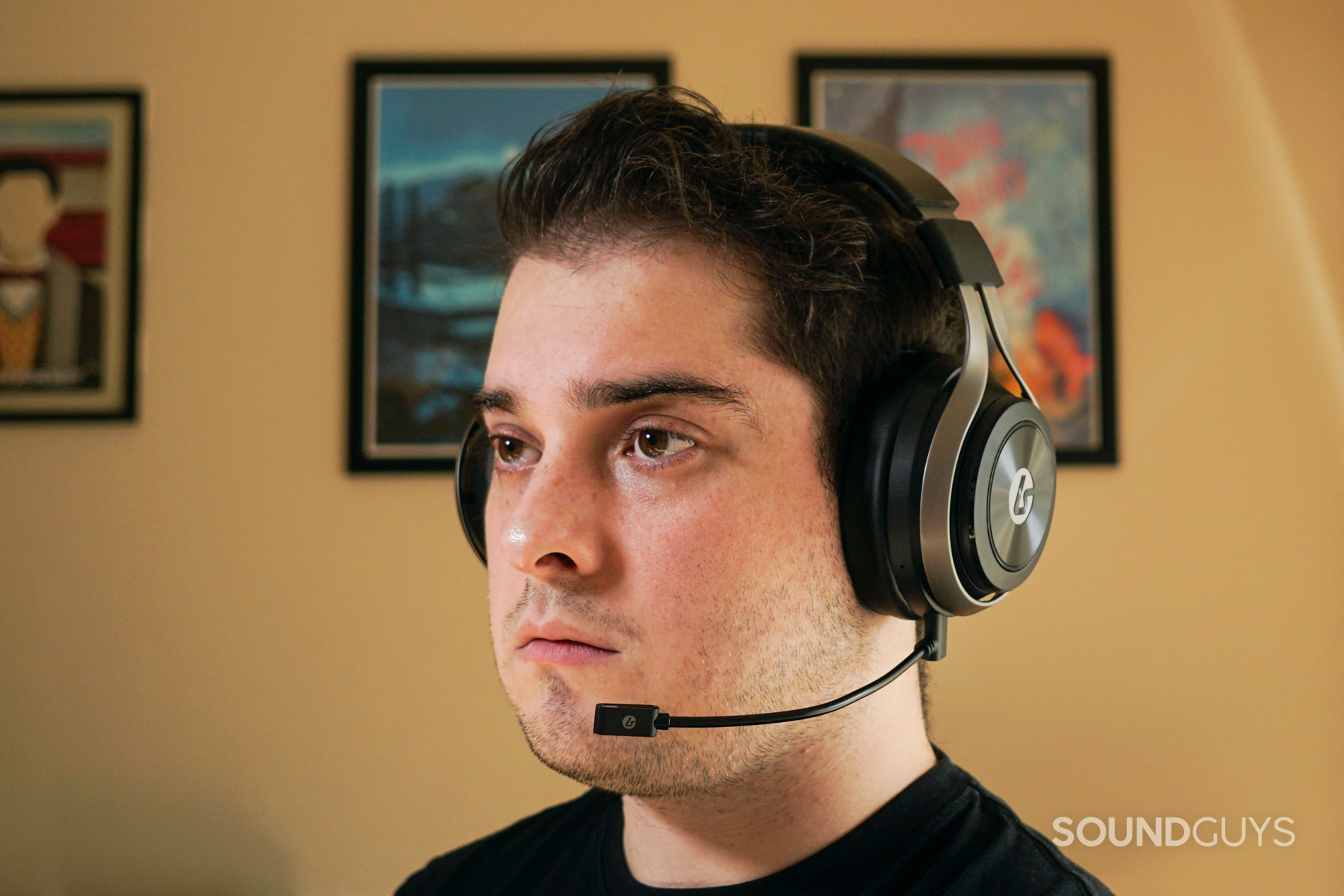
The LucidSound LS50X is a little awkward to use at the beginning, but its controls eventually get pretty easy to manage. On the edge of the left headphone there’s the power button, and ports for the detachable 3.5mm mic, 3.5mm connections, and charging via USB-C. The edge of the right headphone has just one button, which manages Bluetooth pairing and toggling through EQ presets.
Most of the controls comes from the rings and multifunction buttons on the sides of the headset. A button rests to the left of the LucidSound logo plate, and you can tap, double-tap, or hold it to mute audio, check the battery level, and switch between Bluetooth and gaming mode respectively. The ring around that plate adjusts audio volume. The left headphone has a little less going on—the ring around the logo plate handles game/chat balance (at least on Xbox) in gaming mode, and playback controls in Bluetooth mode, and the logo plate button mutes the microphone. It feels like a lot at first, but it gets better pretty quickly.
How does the LucidSound LS50X connect?
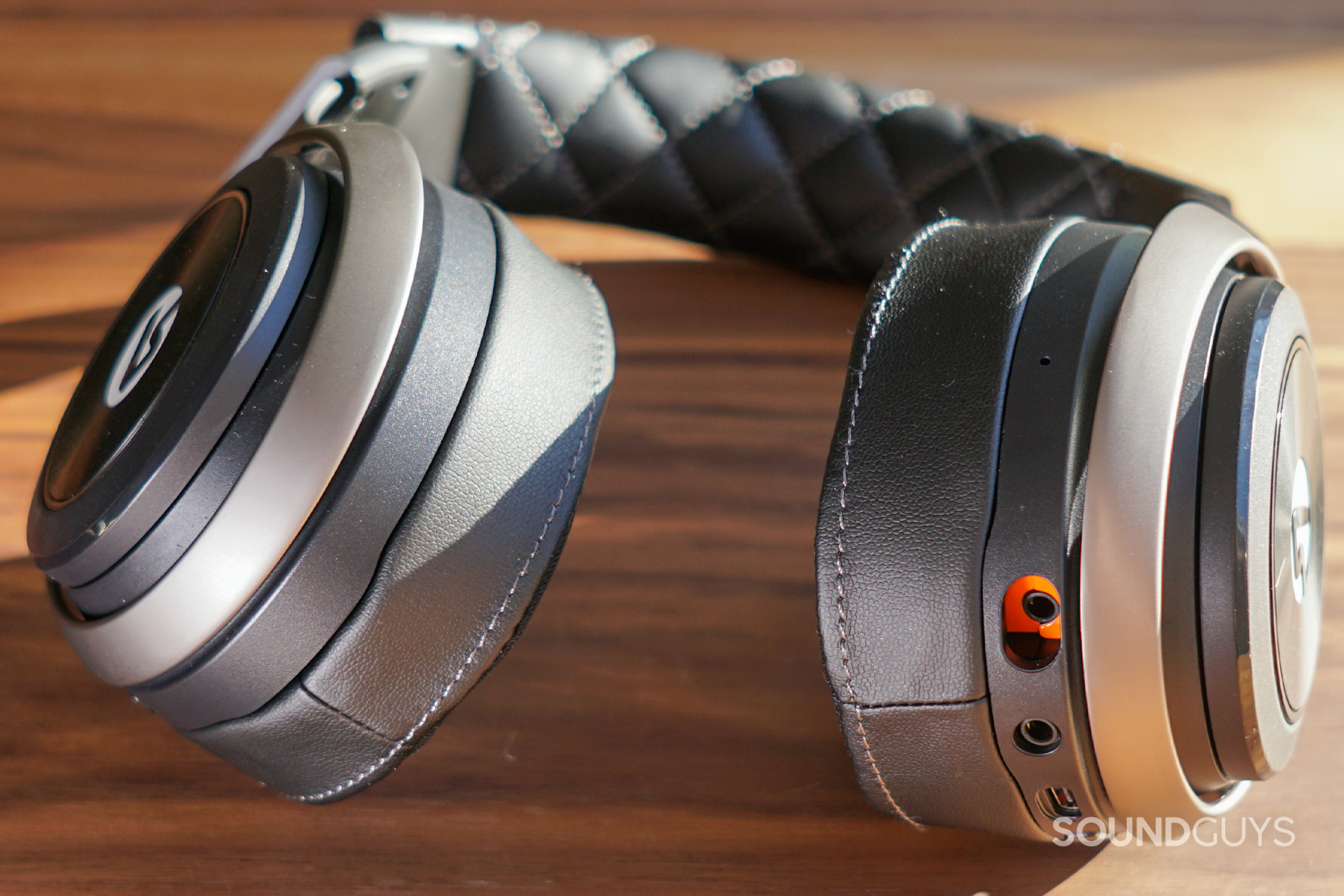
The LucidSound LS50X is a wireless gaming headset that affords two modes of wireless connection, as well as over wired 3.5mm connections. The primary connection method uses a 2.4 GHz Wireless RF USB dongle for lag-free gaming audio. In addition, the headset supports Bluetooth connections to mobile devices via Bluetooth 4.2, and can use the SBC and AAC codecs. AAC doesn’t play terribly well with Android devices, but Apple users will enjoy access to a high-quality codec.
How is the battery life of the LucidSound LS50X?
According to LucidSound, the LS50X should last around 20 hours on a single charge. In our testing, we found it can exceeds that estimate by quite a bit. At a consistent output of ~75dB, the LucidSound LS50X lasts 26 hours, 55 minutes on a single charge. If you’re in the habit of listening at a higher volume, or you’re using Bluetooth instead of (or in addition to) the 2.4 GHz method, expect worse results.
What is gaming like with the LucidSound LS50X?
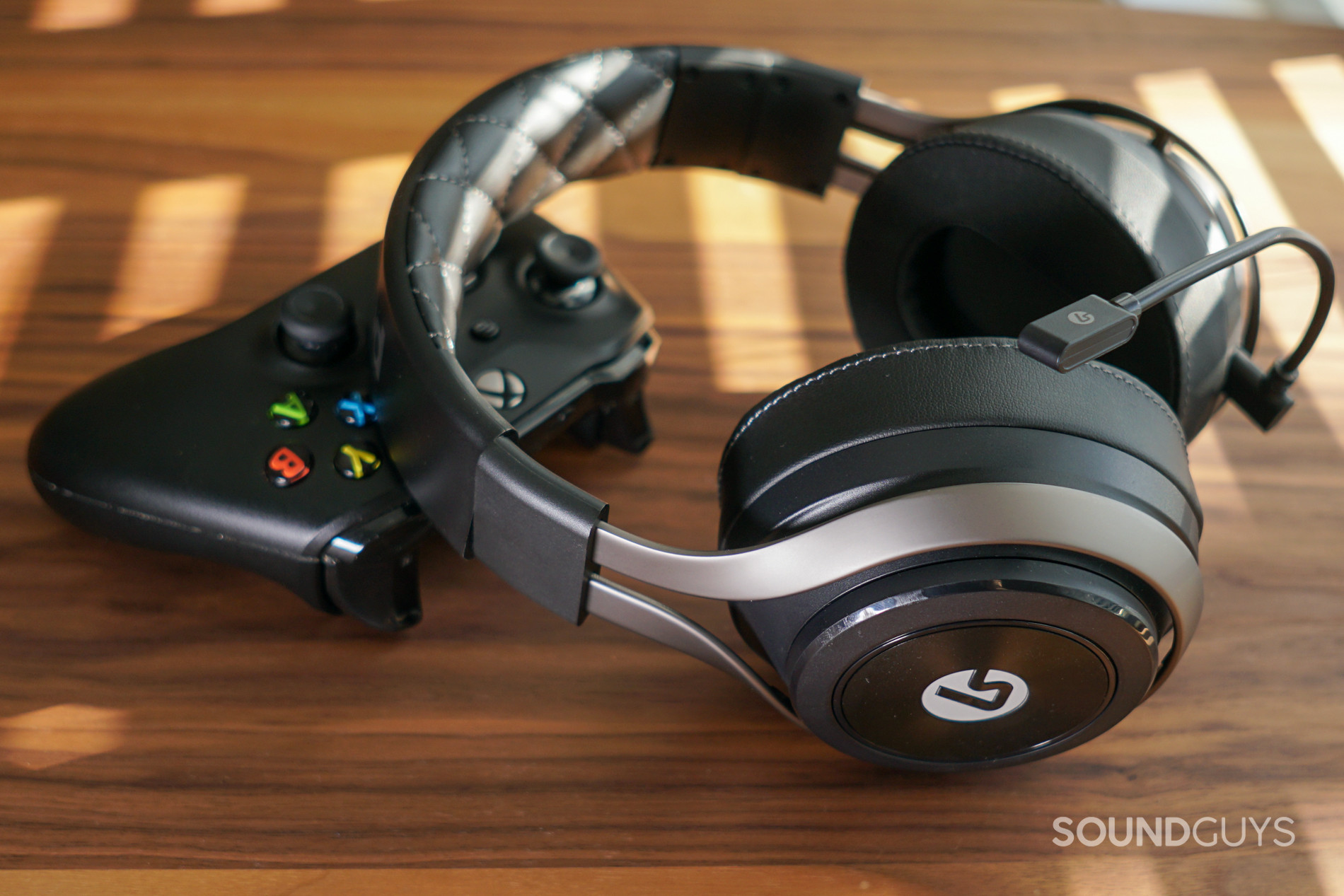
Gaming with the LucidSound LS50X is a kinder multi-platform experience than most Xbox-oriented gaming headsets. Unlike Xbox Wireless-compatible headsets like the Razer Kaira Pro and the Corsair HS75XB, this headset plays pretty well with PC. For whatever reason, Windows still reads its wireless dongle as an Xbox controller, but the free Dolby Atmos app recognizes the headset. That’s rather fortunate for us, as the Xbox Series X/S is still very difficult to get ahold of, so all of our game testing was done on PC.
Learn more: What is Dolby Atmos?
The headset handled the stereo demands of games like Final Fantasy XIV and the atmospheric adventure game Call of the Sea without issue, deftly keeping in-game sounds and musical scores clear, and distinct. Surround sound experiences like Apex Legends using the supported Dolby Atmos for headphones also worked quite well, which isn’t always the case with Xbox gaming headsets on PC. Surround sound is hardly a make-or-break feature most of the time, but it’s nice to see it work as advertised.
Does the LucidSound LS50X block out noise?
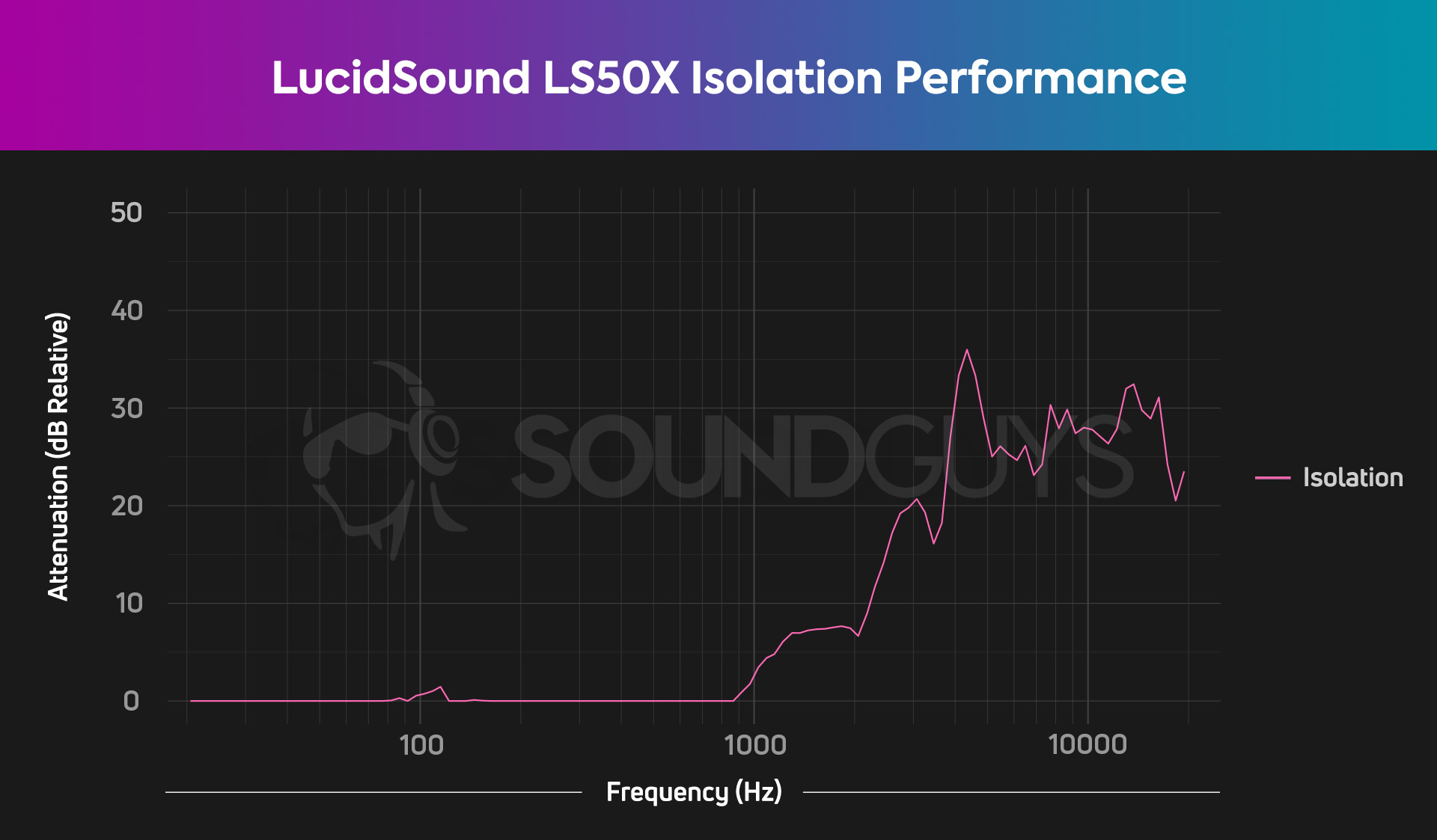
The LucidSound LS50X offers isolation that is, well, frankly not great. At home, you probably won’t struggle with many distractions, and so this will work fine. However, if the Bluetooth capabilities of the headset are what caught your eye, this won’t be sufficient to block out much in the way of outdoor noise. If, one day, you’re in a position to go work on a laptop at a cafe, the LucidSound LS50X will probably struggle to compete with the noise of even a moderately busy place.
How does the LucidSound LS50X sound?
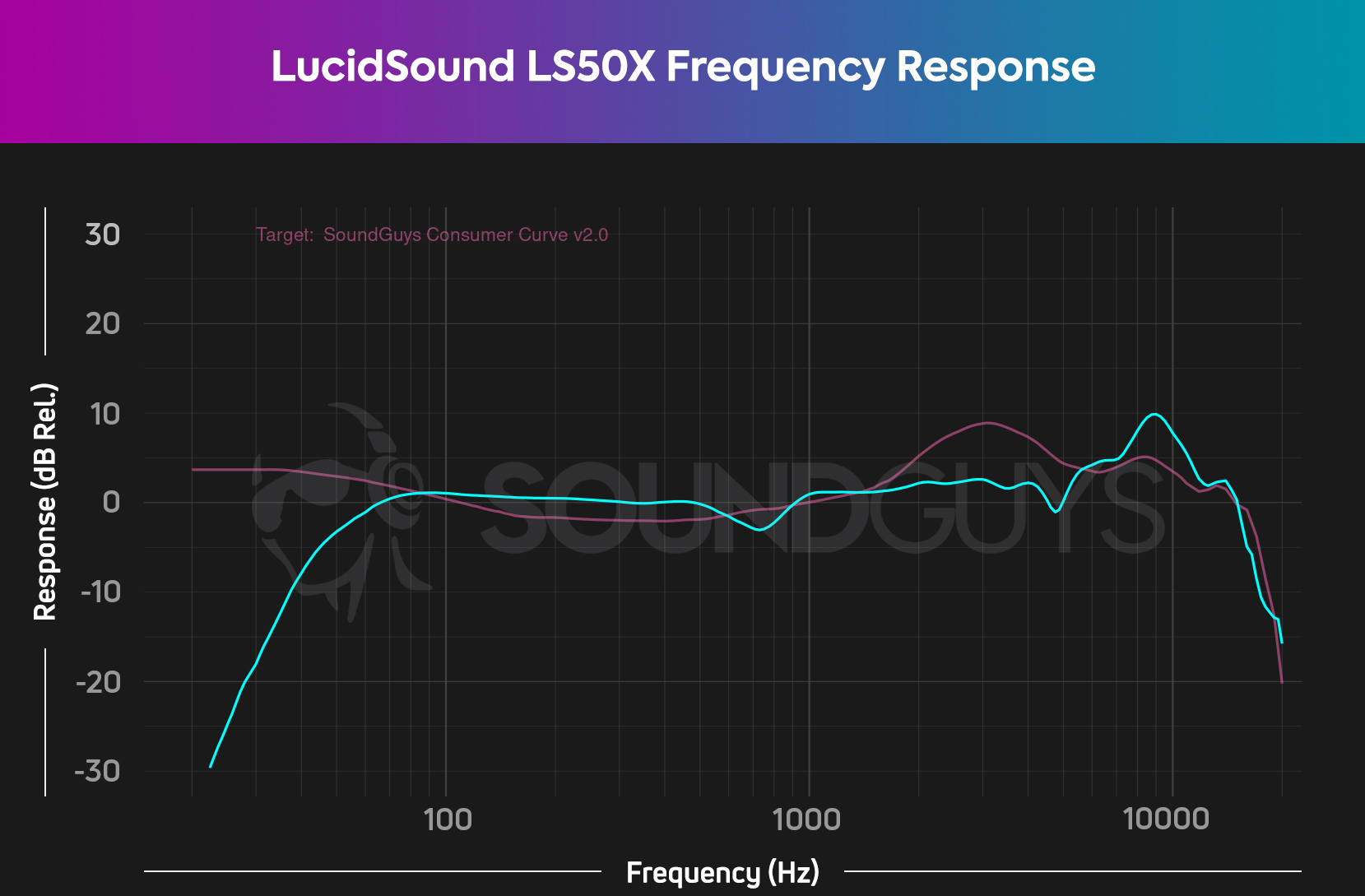
The LucidSound LS50X (cyan) doesn’t follow our consumer curve (pink) all too closely, particularly in the sub-bass range. It’s common to see dips in the high-frequency region, but the rather precipitous drop in the bass range (20-55Hz) is uncommon, and not great for a gaming headset.
Lows, mids, and highs
A quiet sub-bass output like this means music that relies a lot on the low notes may sound a bit hollow. The rumble and whirr of really deep bass tones in genres like EDM won’t sound quite so aggressive. However, other kinds of music will sound just fine. In the classic Genesis track That’s All, everything from the bass drum-hi-hat combo, to the keyboard solo that punctuates the middle, to Phil Collins’ distinctive vocals comes through clearly.
A frequency response like this probably won’t affect much of your gameplay. The din of the battlefield will sound a little less chaotic, depending on your proximity to explosions, though you likely won’t notice it much. You certainly won’t have to worry as much about the sounds of gunfire running over subtler audio cues more than intended.
How is the microphone of the LucidSound LS50X?
The LucidSound LS50X offers generally very accurate microphone audio for a gaming headset. There’s a slight de-emphasis in the bass range, but nowhere near as stark as is typical. This means people with very deep voices shouldn’t struggle with sounding quiet or distorted nearly as much as they would on many other gaming headsets. There’s still a little bit of issue with clarity, but nothing too bad. Listen for yourself:
How does the microphone sound to you?
Should you buy the LucidSound LS50X?
If you’ve got a big budget, and you want something mainly for your Xbox, you should consider the LucidSound LS50X. Otherwise, there are other options, and quite a few cheaper ones that do pretty much all the same things.
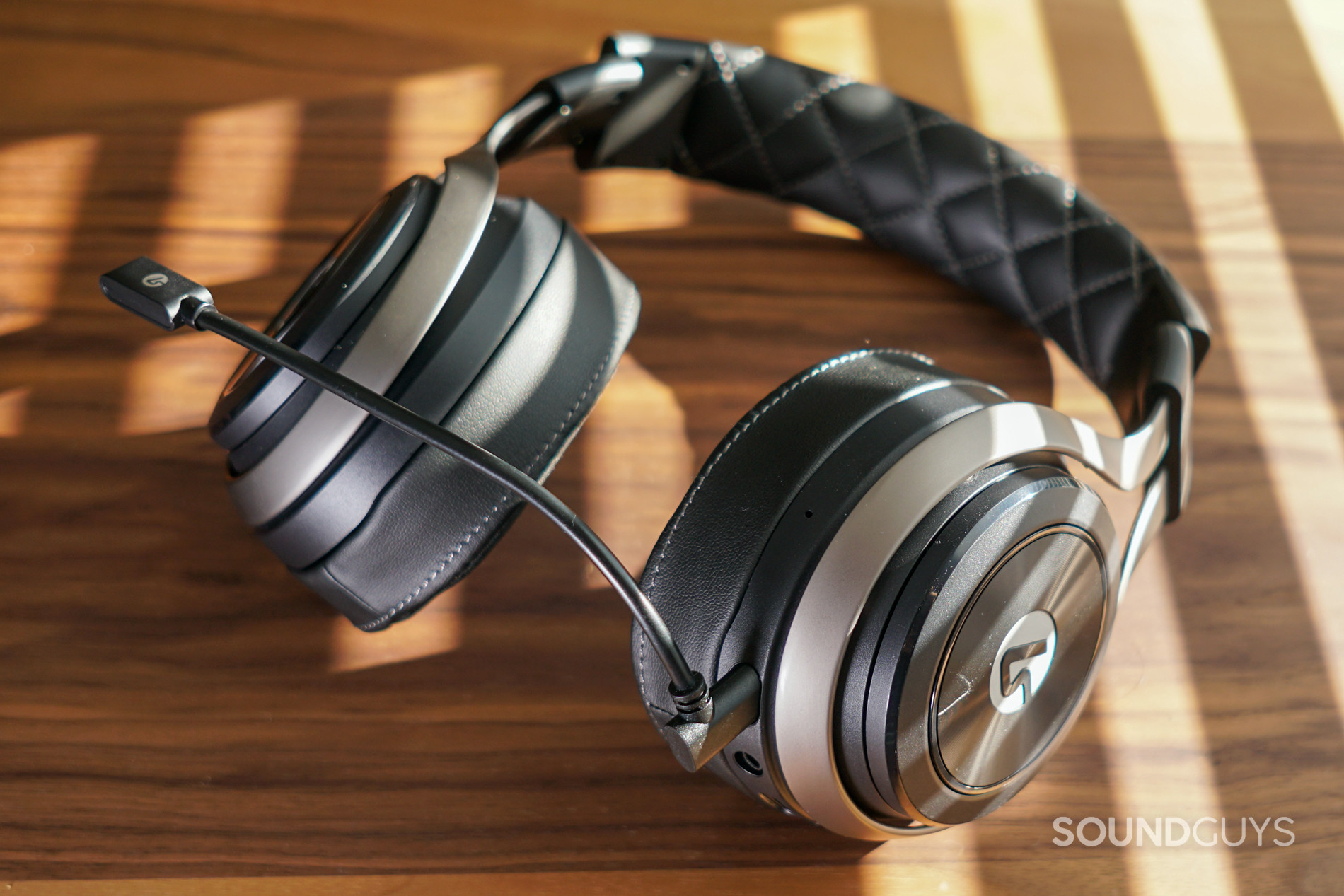
There’s no two ways about it: the LucidSound LS50X is an expensive gaming headset. The Bluetooth connectivity, accurate audio and microphone, and generally sturdy build mean it won’t necessarily feel overpriced if you buy it, but a ton of gaming headsets cost less and do all the same stuff. Very few gaming headsets are all that great for non-gaming uses—most are just okay, but it’s also just as likely you’ve already got headphones you like—so if you don’t mind losing the Bluetooth function, you can save yourself a lot of money without losing quality.
There’s nothing inherently wrong with the LucidSound LS50X—It’s well-made and doesn’t lack any staple features. However, for the price, it really doesn’t bring anything all that unique to the table.
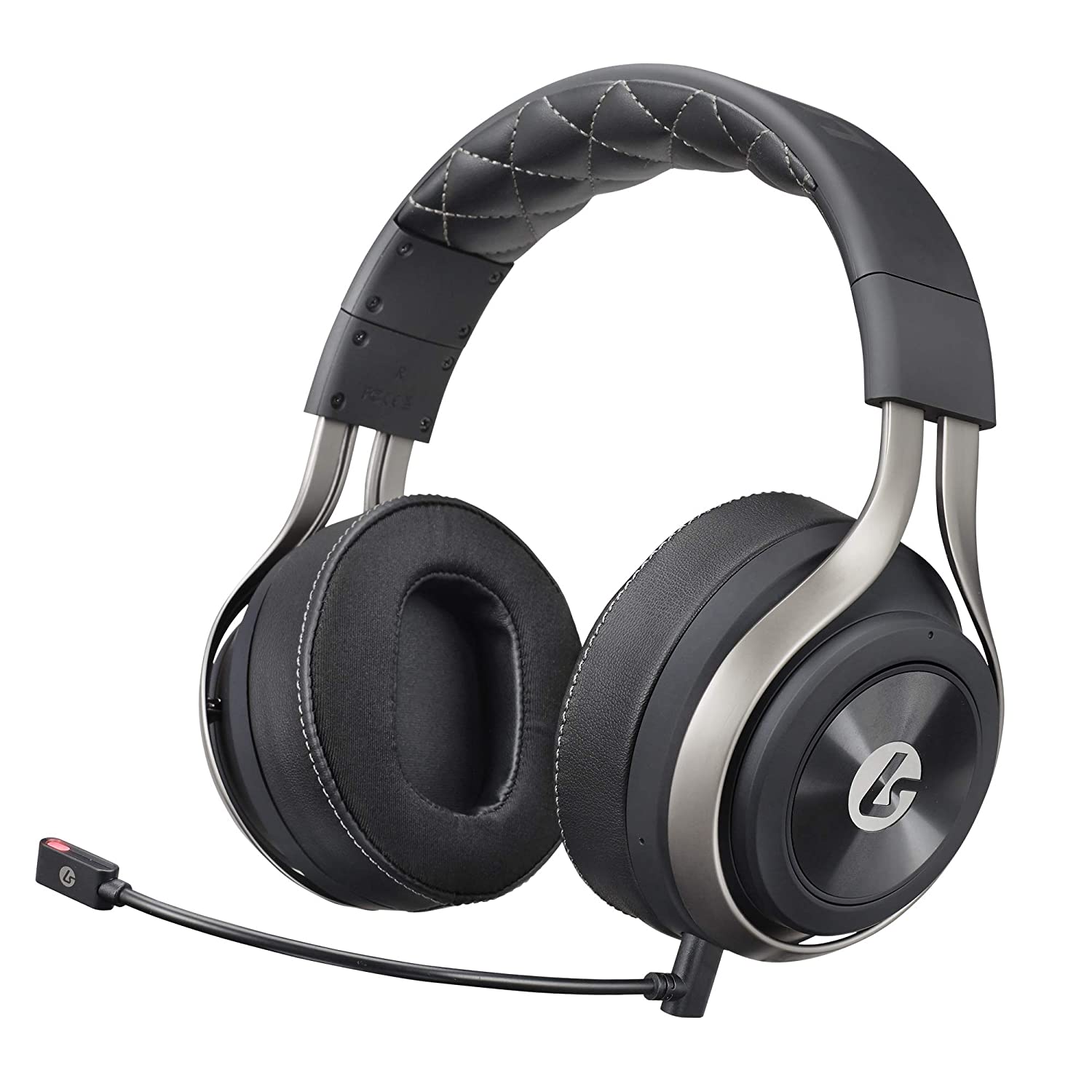
What should you get instead of the LucidSound LS50X?
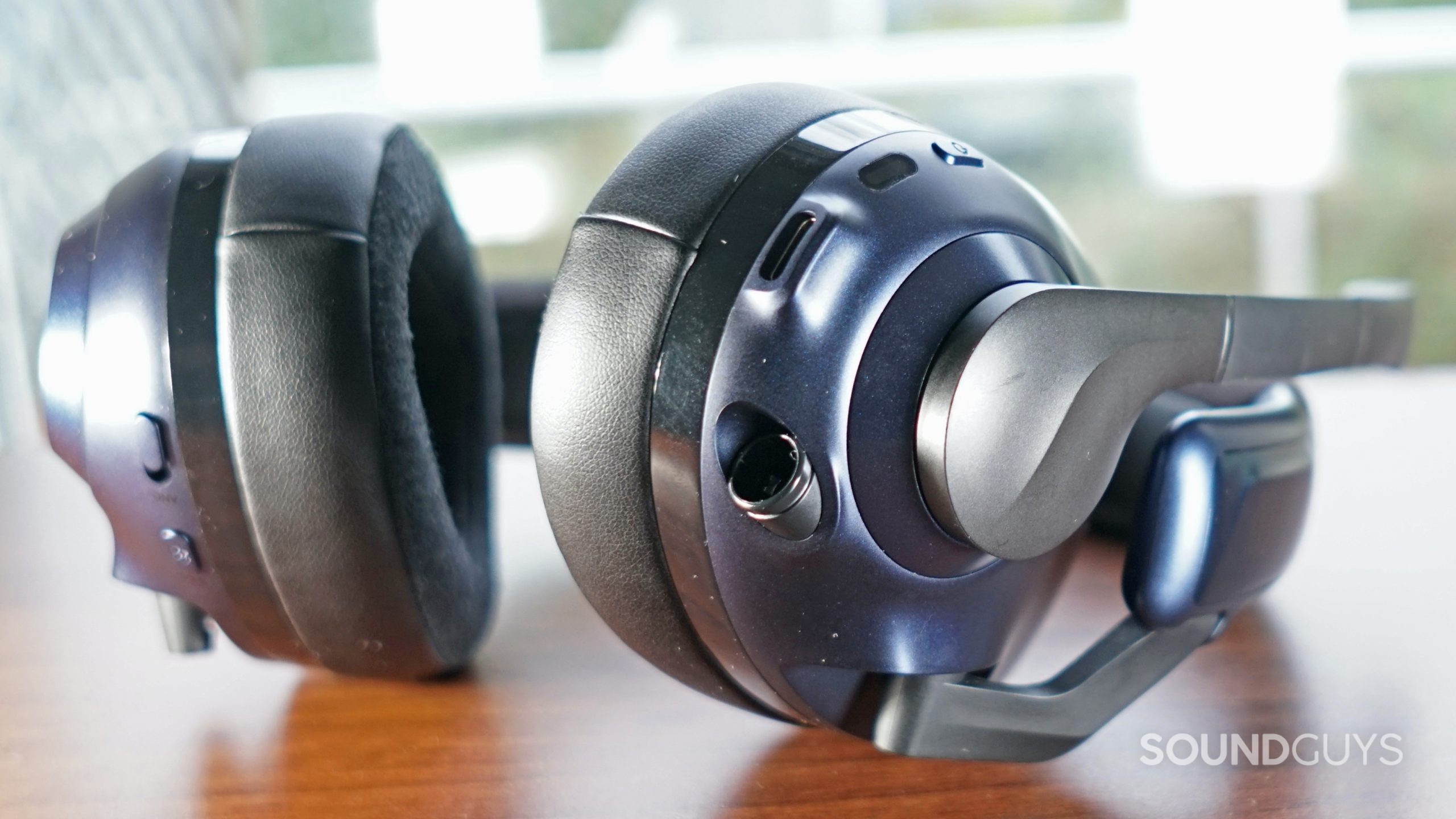
The EPOS H3PRO Hybrid is an obvious alternative to the LucidSound LS50X with its Bluetooth functionality, active noise canceling, and better sound quality (for gaming). Annoyingly, the battery is always in use even when you use the H3PRO Hybrid in wired mode, but this makes sense given all of its power-hungry features. Listeners who want something comfortable and with plenty of bells and whistles will enjoy this stacked package.
If you’re a multi-platform gamer, headsets like the SteelSeries Arctis 9 and Turtle Beach Stealth 700 Gen 2 offer basically identical feature sets for $50 less than the LucidSound LS50X. There are also Xbox-specific variants of both headsets if that was something that attracted you.
Headsets like the SteelSeries Arctis 7X, the Xbox variant of the Arctis 7P, and the Razer Kaira Pro also cover most of the same features in different ways. The Kaira supports Bluetooth, but its Xbox Wireless support makes PC use a little spotty. Meanwhile, the Arctis 7X doesn’t offer Bluetooth, but it’s USB-C dongle means it should still work with mobile devices. They’re also both $100 cheaper then the LS50X.
Thank you for being part of our community. Read our Comment Policy before posting.